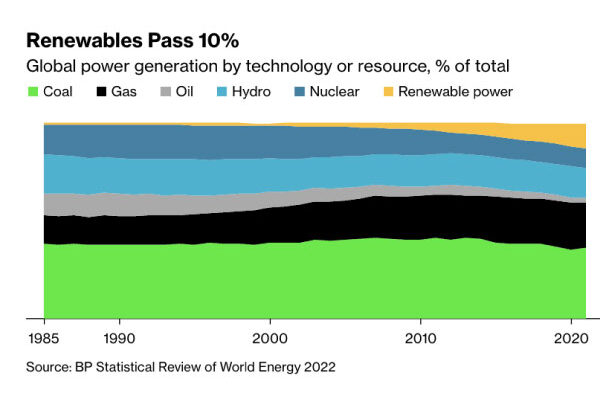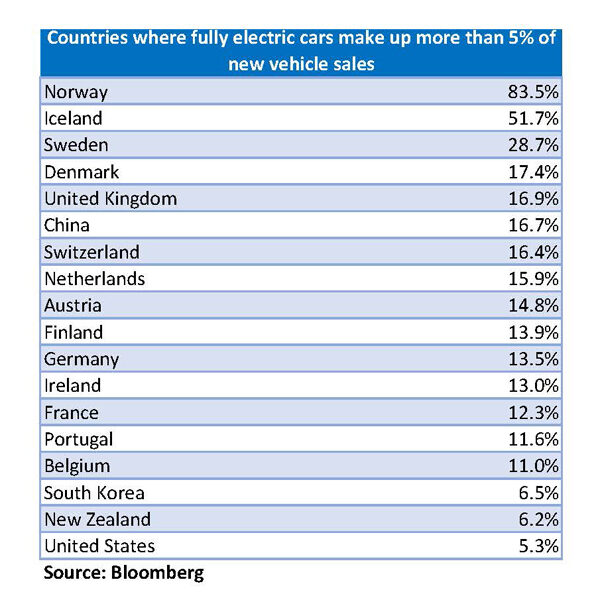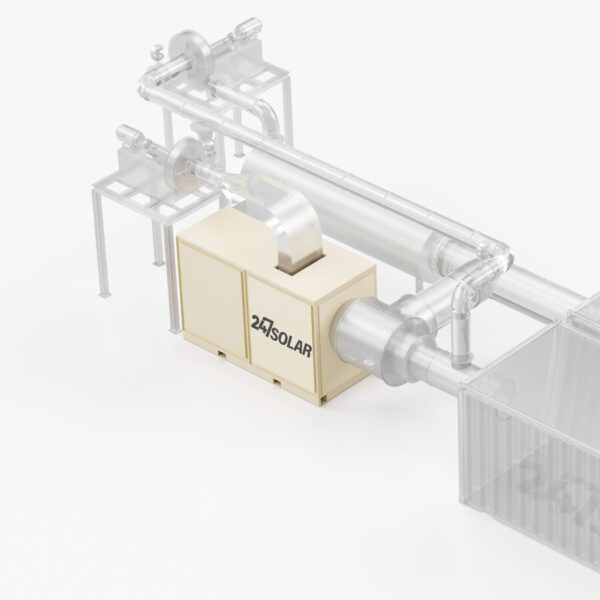DESPITE SUPREME COURT DECISION, MARKET DEMAND LEADS THE WAY FOR RENEWABLES
Beyond obstacles, the energy transition is progressing
“Since the mid-80s, renewable power (wind, solar, geothermal, biomass, and small hydropower) has grown from 0.8% of the world’s electricity mix to 13%.” – Bloomberg News
Climate news (at least in the U.S.) has been dominated in recent weeks by the decision of the U.S. Supreme Court in West Virginia vs. EPA. In a nutshell, the decision limits the ability of the Environmental Protection Agency (EPA) – the federal government’s principal regulatory agency regarding environmental matters – to do its job, namely to protect the environment.
With respect to “major questions,” like generation shifting from coal to cleaner sources of power, the authority to set environmental policy now rests with the U.S. Congress. No observer of that august body is holding their breath for any legislation of consequence anytime soon. That’s the bad news. (You can also read the statement from 247Solar’s Founder & CEO, Bruce Anderson.)
The good news, according to two recent articles from Bloomberg, below, is that market forces – good ol’ supply and demand, plus a broadly and globally shared awareness of the perils of climate change – are driving beneficial change anyway.
Renewables on the Rise
Nathaniel Bullard of Bloomberg Green cites data from BP’s most recent Statistical Review of World Energy to the effect that renewables are now 13% of global power generation. That may not seem like a lot, but it represents real progress.

Since the mid-80s, renewable power (wind, solar, geothermal, biomass, and small hydropower) has grown from 0.8% of the world’s electricity mix to 13%. Renewables only passed the 10% mark in 2019 and have added 0.8% of market share — the same amount that they accounted for globally in 1985 — every year on average since 2010. The curve is clearly bending in the right direction.
EVs reach a tipping point
Similarly, Bloomberg’s Tom Randall reports that EVs are reaching a tipping point for mass adoption that will lead to an irreversible “flip” in technological preferences from internal combustion to electric power for vehicles. According to the article, once penetration of a new technology reaches 5%, so-called early adopters are overtaken by mainstream demand. Now countries responsible for about two-thirds of global auto sales have reached this important milestone.
None of this is intended as a call to complacency – these trends will need to dramatically accelerate for the world to reach its 2050 decarbonization targets – but they represent steps in the right direction and perhaps an offset to doom-and-gloom reactions to the decision of the U.S. Supreme Court.
EU ENTERS THE SPACE RACE FOR RENEWABLES
 Solar and wind power generation is key to the energy transition, but the associated hardware takes up a lot of space. This is not always a problem in large countries blessed with lots of open terrain but it is a serious constraint in Europe and other densely populated parts of the world. Suitable land is often scarce and subject to competing economic uses, and approval can be hard to gain as neighbors shout, “not in my back yard.”
Solar and wind power generation is key to the energy transition, but the associated hardware takes up a lot of space. This is not always a problem in large countries blessed with lots of open terrain but it is a serious constraint in Europe and other densely populated parts of the world. Suitable land is often scarce and subject to competing economic uses, and approval can be hard to gain as neighbors shout, “not in my back yard.”
Cipher’s Anca Gurzu highlights an initiative in the European Union that calls on member countries to identify locations deemed to have an insignificant environmental impact —degraded areas like old quarries, closed mines, landfills, urban wastewater treatment sites, and brownfields — to receive expedited permitting for the installation of renewable energy plants.
The proposal could well serve as a model for resolving space-related issues in population centers around the globe.
Read the full Cipher piece here.
NEWS FROM 247SOLAR
Did you know…247Solar produces a fuel-agnostic engine?

The 247Solar Heat2Power™ turbine is the first commercial turbine to produce power using atmospheric-pressure hot air, with no combustion or emissions.
Even in the age of solar and wind power, it is sometimes necessary to burn fuel. Renewable resources require backup, and diesel is no longer the answer. Research continues into clean (or at least sustainable) alternative fuels like biogas and green hydrogen, and the technologies continue to evolve. What is needed is an engine that can burn any locally available sustainable fuel. Enter the 247Solar Heat2Power™ turbine.
Under normal conditions, our turbine produces electricity without combustion. But when the renewable resources that power it are exhausted, it too must burn fuel. By using an external combustor that can be configured to burn almost any liquid or gaseous fuel, our system provides its own backup and eliminates the need for diesel gensets.
Learn more here.
CEO Bruce Anderson on the recent Supreme Court decision
As a climate activist for more than 40 years, 247Solar founder and CEO Bruce Anderson was particularly dismayed by the recent decision of the U. S. Supreme Court in West Virginia vs. EPA. You can read his perspective here.
FOLLOW & JOIN 247Solar
LinkedIn, Twitter, YouTube, Whatsapp
Contact: info@247solar.com
